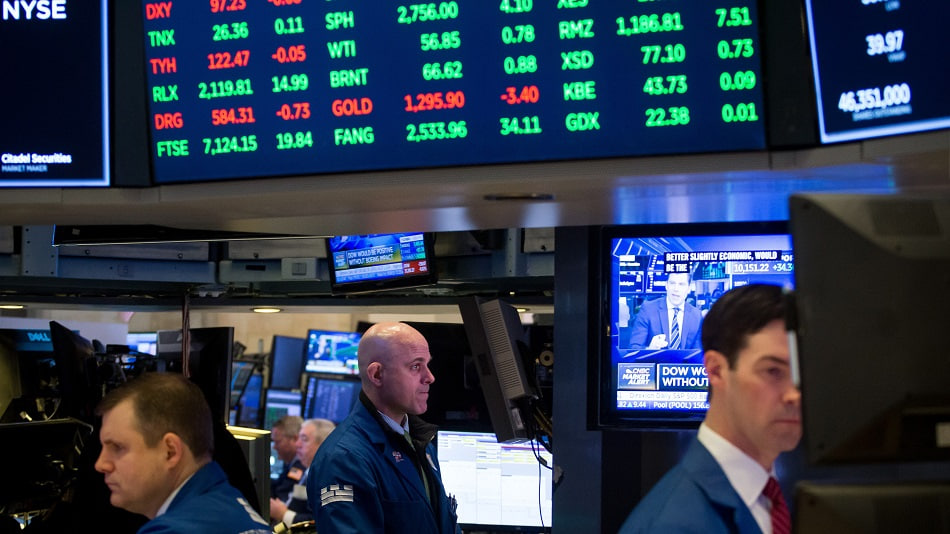The Rise of OLED: Transforming the Smartphone Display Landscape
Meta Description: Dive into the fascinating world of OLED displays and discover how this technology is revolutionizing the smartphone industry. Explore the market trends, challenges, and future possibilities of OLED displays, from their increasing penetration in high-end smartphones to their expansion into other IT markets.
Introduction:
The smartphone landscape is constantly evolving, with new technologies emerging and reshaping the user experience. One technology that has taken center stage is OLED (Organic Light-Emitting Diode), a display technology that is rapidly becoming the dominant force in the smartphone market.
OLED displays have captivated consumers with their vibrant colors, deep blacks, and superior contrast. They offer a visually stunning experience, making them the preferred choice for high-end smartphones. But beyond the aesthetics, OLED technology is driving innovation and influencing the direction of the smartphone industry in several key ways.
The Rise of OLED: A Growing Force in the Smartphone Market
OLED's Dominance in Smartphones
As the world demands ever-more immersive and engaging mobile experiences, OLED has become the go-to display technology. Here's why:
- Superior Picture Quality: OLED's self-illuminating pixels deliver deep blacks, vibrant colors, and an unparalleled contrast ratio, resulting in a truly immersive viewing experience.
- Power Efficiency: Compared to LCD displays, OLED consumes less power, extending battery life and reducing energy consumption. This is particularly important for smartphones, where battery life is a key concern.
- Flexibility: OLED's flexible nature allows for innovative form factors, such as foldable displays, which are gaining traction in the smartphone market.
- Thinner and Lighter: OLED panels are thinner and lighter than LCD counterparts, allowing for more compact and ergonomic smartphone designs.
These advantages have spurred the rapid adoption of OLED displays in high-end smartphones, driving the overall penetration rate of LTPS and LTPO backplanes to nearly 57% in 2024. This trend shows no signs of slowing down, with projections indicating a penetration rate exceeding 60% in 2025.
The Expanding Reach of OLED: Beyond Smartphones
OLED technology isn't confined to the smartphone market. Its versatility and exceptional performance are propelling its expansion into other IT markets, including:
- Smartwatches: OLED displays offer a perfect fit for smartwatches, enabling sleek designs with high-resolution displays and vibrant visuals.
- Smart TVs: OLED's ability to display true blacks and deliver an immersive viewing experience is making it a popular choice for high-end TVs.
- Gaming Monitors: The fast refresh rates and low response times of OLED displays are making them a preferred option for gamers, providing a competitive edge.
- Laptops: OLED displays are increasingly being integrated into laptops, offering stunning visual quality and enhanced performance.
As OLED technology becomes more affordable and accessible, we can expect to see its adoption accelerate across various IT devices, creating a more visually engaging and immersive digital world.
The Challenge of Scaling: Addressing the Limitations of OLED
While the future of OLED looks incredibly bright, challenges remain in its widespread adoption. The primary hurdles include:
- Cost: OLED displays are currently more expensive to manufacture than LCD displays. This cost barrier can limit the availability of OLED displays in budget-friendly devices.
- Burn-In: OLED displays can be susceptible to burn-in, a phenomenon where images can become permanently etched into the display panel. This concern requires careful design and usage considerations to mitigate its impact.
- Yield: Achieving high-yield production of OLED panels is a challenge, as manufacturing processes require stringent control and precision.
Despite these challenges, the industry is actively working on solutions to address them. Advancements in manufacturing processes, material science, and software optimization are steadily pushing down the cost of OLED displays while improving yield rates and reducing burn-in risks.
The Future of OLED: A Vision of Visual Brilliance
The future of OLED is filled with exciting possibilities:
- Higher Resolution and Refresh Rates: As technology advances, we can anticipate OLED displays with even higher resolutions and refresh rates, delivering smoother scrolling, more detailed images, and a more captivating visual experience.
- Foldable and Flexible Displays: OLED's flexibility will enable innovative form factors, such as foldable phones and tablets, creating a more versatile and interactive user experience.
- Sustainable Solutions: The increasing demand for OLED displays is driving research and development of more sustainable production methods, reducing the environmental impact of this technology.
Key Considerations for OLED Displays
Here are some key considerations when choosing an OLED display:
- Pixel Density and Resolution: Opt for devices with high pixel density and resolution for a sharper and more detailed visual experience.
- Contrast Ratio: Choose a device with a high contrast ratio for deeper blacks and more impactful images.
- Burn-In Protection: Understand the burn-in protection mechanisms implemented in the device to minimize the risk of screen burn-in.
- Power Consumption: Consider the power efficiency of the OLED display, especially if battery life is a major concern.
Conclusion:
The rise of OLED marks a pivotal moment in the evolution of display technology. Its ability to deliver stunning visuals, improve power efficiency, and enable innovative form factors is driving the smartphone industry forward. As OLED technology continues to mature and become more affordable, it will undoubtedly transform the digital landscape, bringing a world of visual brilliance to our fingertips.
FAQs
Q: What is the difference between OLED and LCD displays?
A: OLED displays use self-illuminating pixels that emit light when activated, resulting in deep blacks and high contrast. LCD displays use a backlight to illuminate the screen, limiting their ability to achieve true black levels.
Q: Does OLED suffer from burn-in?
A: While OLED displays can be susceptible to burn-in, manufacturers are implementing various strategies to mitigate this risk. These include screen burn-in protection features, dynamic pixel shifting, and software algorithms that adjust the brightness and contrast of static elements.
Q: What are the limitations of OLED displays?
A: The primary limitations of OLED displays include higher cost compared to LCD displays, the potential for burn-in, and the need for careful manufacturing processes to achieve high yield rates.
Q: What are the benefits of OLED displays?
A: OLED displays offer superior picture quality with deeper blacks and vibrant colors, higher power efficiency, greater flexibility for innovative form factors, and thinner and lighter designs.
Q: What is the future of OLED technology?
A: The future of OLED technology is bright, with continued advancements in resolution, refresh rate, and sustainable manufacturing practices. We can expect to see OLED displays become increasingly common in smartphones, TVs, laptops, and other IT devices, further transforming the digital experience.
Q: Are OLED displays worth the extra cost?
A: Whether OLED displays are worth the extra cost depends on your individual needs and preferences. If you prioritize visual quality, immersive viewing experience, and innovative form factors, OLED displays offer significant advantages over LCD displays. However, if budget is a major concern, LCD displays remain a viable option.
Q: What are some of the leading brands that utilize OLED displays in their devices?
A: Some of the leading brands that utilize OLED displays in their devices include Samsung, LG, Apple, Google, and OnePlus. These brands are known for their commitment to delivering exceptional visual experiences through the adoption of OLED technology.



